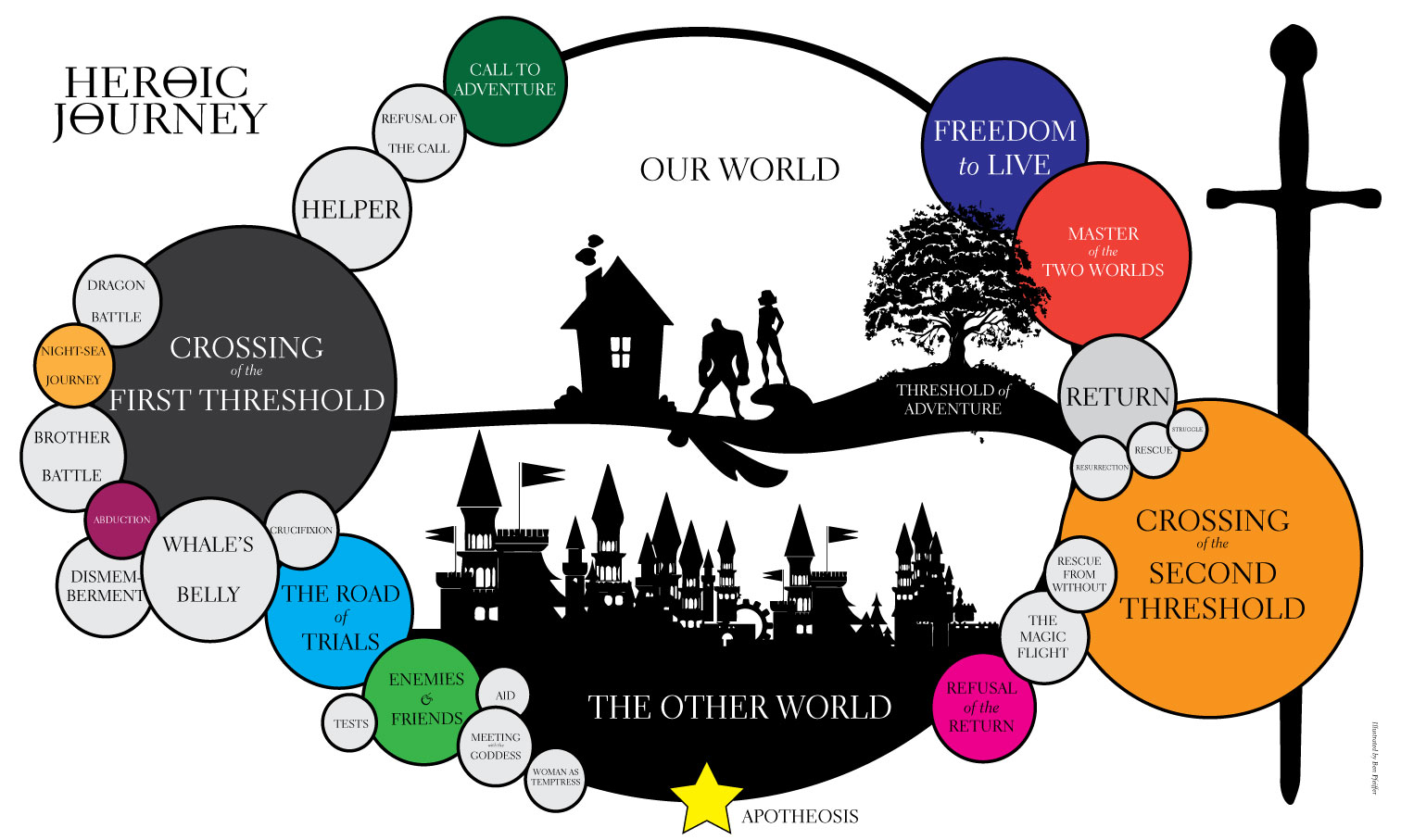In Freemasonry, the Rough and Perfect Ashlars are two important symbols that represent the moral and spiritual development of the individual Mason. By understanding the meaning of the Rough and Perfect Ashlars, we can gain insight into the necessary journey of personal growth and self-improvement that is required of us all. However, despite our best efforts, perfection will always remain out of reach. This shortfall should not be seen as a failure. The important truth is that the value of perfection lies not in its attainment, but in the pursuit of perfection. The journey toward perfection helps us to grow, learn resilience, and gain a deeper understanding of ourselves.
The Rough Ashlar is a stone taken directly from the quarry in its raw and unshaped form. The rock is jagged, uneven, and not suitable for use in construction. We view the Rough Ashlar as a symbol of the new Brother as they embark on their Masonic Journey. As a Rough Ashlar, they are full of potential, but in need of refinement. The goal of the Freemason is to shape this imperfect stone into something useful, just as an operative stonemason would carve a stone hewn from the quarry into a building block fit for construction. The process of shaping the stone symbolizes our work towards self-improvement and the journey toward moral and ethical development.
In contrast, the Perfect Ashlar is a stone that has been carefully shaped, polished, and squared. Through its transformation, it is ready to be used in the construction of a building. In Freemasonry, it represents the ideal that every Mason should strive to be - a moral person that is wise and caring. The Perfect Ashlar is the product of a lifetime of continuous effort, reflection, and discipline. The stone is no longer flawed and therefore made suitable for the construction of the Spiritual Edifice.
Striving for perfection is a noble endeavor, but we can never reach a truly perfect state. Afterall, as humans we are imperfect beings. Yet, the process of striving towards an ideal state encourages personal growth and perseverance. People who aim for perfection in their craft - whether in art, sports, science, or personal development - often achieve a level of excellence far beyond what they would have if they never made the attempt. The Japanese concept of kaizen encourages continuous improvement through small, incremental changes. Every small improvement contributes to long-term growth and fosters a mindset that values effort over final outcomes.
Consider the example of an artist. A painter may never create a "perfect" masterpiece, but the process of attempting to do so refines their technique, enhances their creativity, and deepens their emotional expression. Every mistake, correction, and revision shapes their skills and overall understanding of their craft. Similarly, the scientific field is full of examples of people building on past discoveries to achieve progress. The process of challenging existing paradigms and proposing new ideas leads to groundbreaking discoveries. Thomas Edison, considered to be amongst the most prolific inventors, experienced a number of failures. He often credited those failures as learning opportunities that helped him to achieve success. Athletes are another example because they face constant failures such as missed shots, losses, and injuries. Those who remain committed to the process of improvement often come back stronger. When perfection is thought of as a guiding principle rather than a destination, failure becomes a valuable teacher. People who embrace failure as part of the process develop resilience, adaptability, and a growth mindset.
Those who pursue perfection with the belief that it is obtainable may experience suffering as a result. Perfectionism can lead to increased anxiety, stress, depression, fear of failure, procrastination, strained relationships, etc. The unrealistic expectations they set for themselves and others is unhealthy and unproductive.
The symbolism of the Rough and Perfect Ashlars are important images for Masons to use in their daily lives. Recognizing that we are imperfect and that we need to develop the tools, skills, and discipline to improve ourselves is the point of our spiritual journey. While the attainment of perfection is impossible for us, the journey towards perfection is where the true value lies. Slow and steady progress with the goal of working towards perfection is how we grow, develop wisdom, and become more resilient. Through this mindset we can unlock the power to become better, stronger, and more fulfilled individuals.









